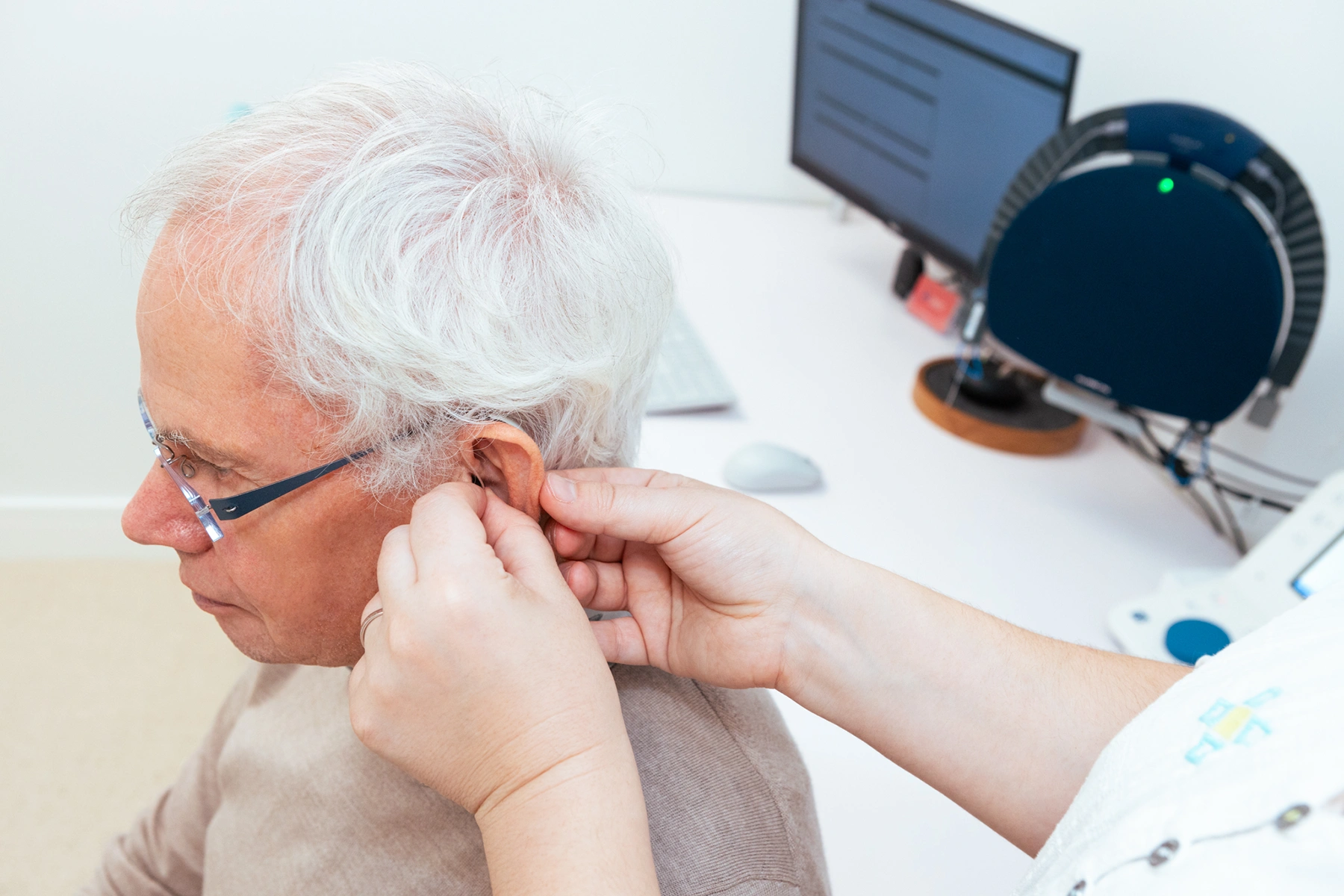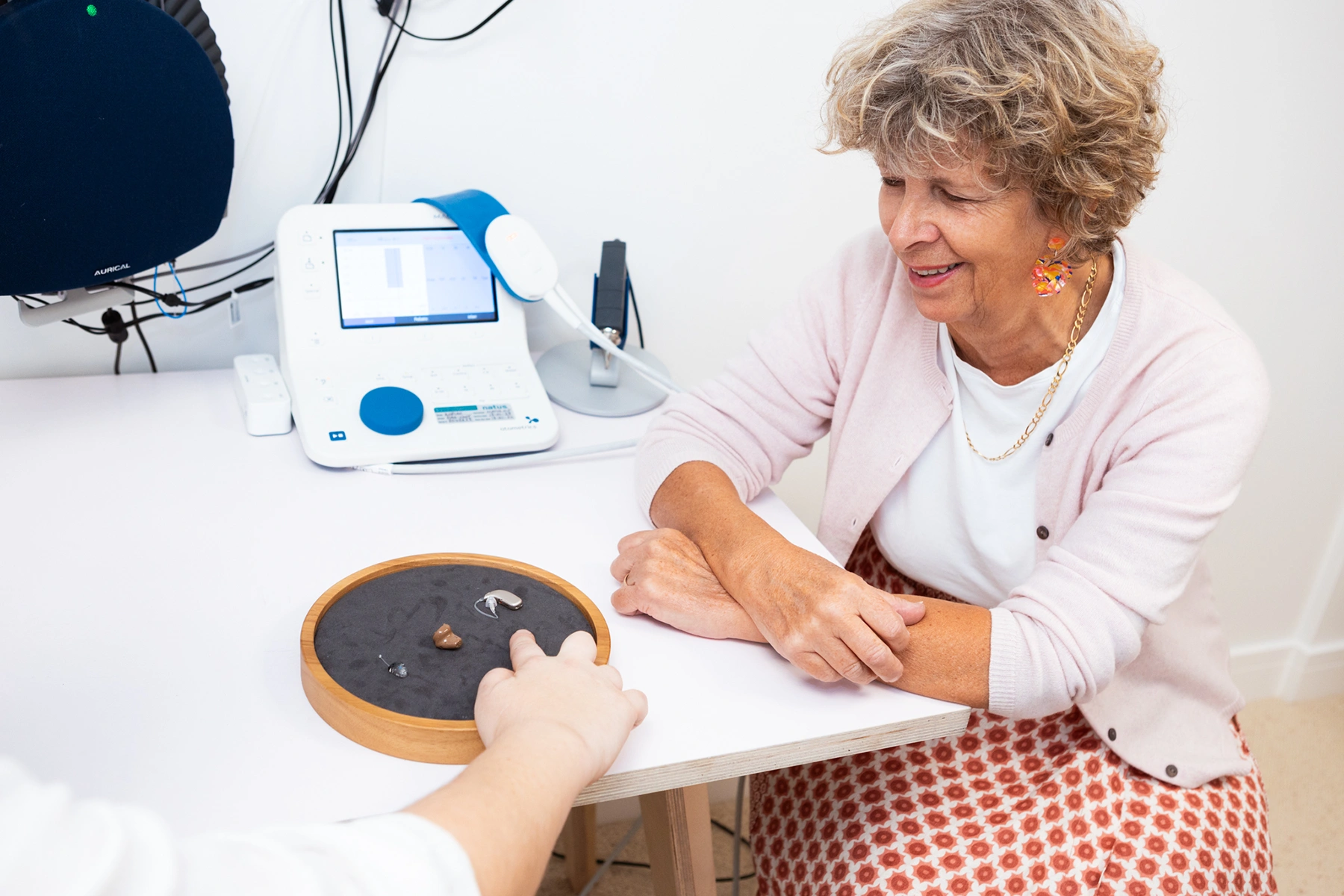
How to Get the Best Results with Your Hearing Aids
Hearing aids are life-changing devices for individuals experiencing hearing loss. They reconnect you to conversations, sounds, and moments that matter.

If you’re a hearing aid user or considering your first pair, you may have come across the term “Real Ear Measurements” (REMs). But what exactly are they, and why are they so important? When it comes to your hearing health, getting the right fit and settings for your hearing aid is essential. REMs help to offer clarity and comfort in your daily life by ensuring that your device is personalised to meet your individual hearing needs, .
Keep reading to learn about what real ear measurements are, why they matter in your hearing aid fitting, and the potential consequences of overlooking this crucial step.
Real Ear Measurements (REMs) are a procedure that should always be used to tailor your hearing aid sound and settings for the unique environment of your ear canals. No two ears are the same—they vary in size, shape, and internal structure, all of which can significantly impact how sound is delivered and perceived.
Performing REMs involves placing a tiny microphone inside your ear canal alongside the hearing aid to measure how sound behaves inside your ear. This allows audiologists to precisely determine if the hearing aids are amplifying sounds according to your specific prescription and the real-world acoustics of your ear.
Key points about REMs:
This scientific approach bridges the gap between the programmed settings in a hearing aid and how they perform in your unique ear anatomy.

Hearing aids are not one-size-fits-all devices. They require precision to work effectively, and REMs are the gold standard for ensuring your hearing aids perform as intended. Here’s why getting fitted with REMs is a must:
1. Personalized Sound Adjustment
Everyone experiences hearing loss differently, and your hearing aid must accommodate your specific type and degree of hearing loss. REMs allow the audiologist to verify that your hearing aids are amplifying the right frequencies to the correct levels. Without this step, the hearing aids might not deliver optimal results.
2. Addresses Individual Ear Anatomy
Your ears are unique in their shape and size, which affects how sound travels within them. REMs take into account your personal ear acoustics, ensuring the hearing aid adapts to your anatomy rather than relying on average settings.
3. Improved Speech Clarity and Comfort
Using REMs during fitting can significantly enhance your ability to hear and understand speech, particularly in challenging environments like noisy restaurants. It also ensures that loud noises are not over-amplified, reducing discomfort or the risk of further damage to your hearing.
4. Objective, Data-Driven Results
While your feedback is valuable, and should always be adjusted for by an experienced audiologist, REMs provide objective data to confirm that your hearing aids meet your prescribed targets. This scientific verification eliminates guesswork and ensures accurate, reproducible results.
By integrating REMs into the fitting process, audiologists can provide you with a tailored hearing experience that supports your listening needs in all aspects of life.

Many of the major high-street hearing aid providers do not perform REMs as a standard practice, and this oversight can lead to several potential problems. Fitting hearing aids without REMs compromises the ability of the devices to deliver their full benefits. Here are some possible consequences:
1. Under- or Over-Amplification
Without REMs, your hearing aids could amplify sounds too little or too much. Under-amplification leads to strained hearing as certain frequencies might still be inaudible. Over-amplification can cause discomfort, distortion, or even further damage to your ears.
2. Difficulty Understanding Speech
Addressing speech frequencies accurately is one of the main purposes of a hearing aid. Hearing aids not tuned with REMs may fall short in delivering the right clarity, meaning that conversations may continue to be challenging, especially in noisy settings.
3. Frustration and Poor Adoption
Improperly fitted hearing aids can lead to user frustration, discomfort, and dissatisfaction. Many users who abandon their hearing aids do so because the devices simply don’t deliver the quality of life improvements that they had hoped for – an outcome often avoidable with thorough REM fitting.
4. Wasted Investment
Hearing aids are a significant investment, and neglecting REMs can leave you with a costly device that fails to meet its potential. For the best return on this investment, a precise fit is essential.
Ensuring that you choose a hearing aid provider who is experienced in performing REMs not only protects your hearing investment but also sets the foundation for a more fulfilling and effective hearing experience.
At Zest Hearing Care, we are committed to providing world-class hearing care, and that begins with accurate hearing aid fittings using real ear measurements. Our experienced audiologists use the latest technology to ensure that your hearing aids are calibrated to your exact needs, offering a hearing experience that’s clear, comfortable, and personalized.
Take the Next Step Today – Hearing is believing
Book a Detailed Hearing Assessment with us today and experience the difference that expertly fitted hearing aids can make. Our team is here to guide you every step of the way, from selecting the best devices to ongoing support for your hearing health.
Discover how life sounds when your hearing aid is properly fitted—we can’t wait to help you hear the difference!

Hearing aids are life-changing devices for individuals experiencing hearing loss. They reconnect you to conversations, sounds, and moments that matter.
Living with hearing loss can present challenges that disrupt your daily life, whether it’s difficulty following conversations or missing out